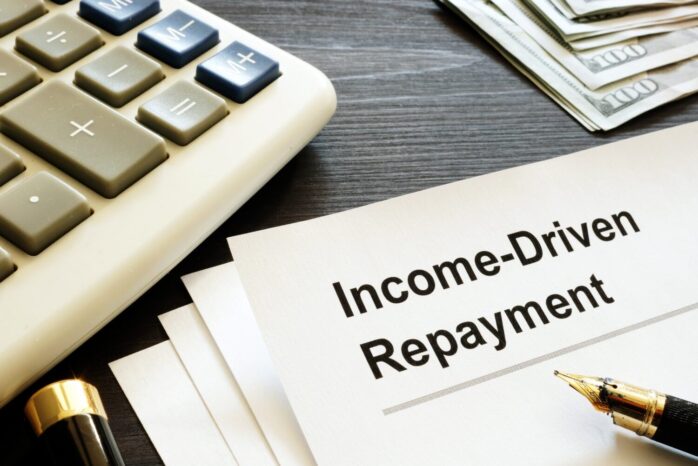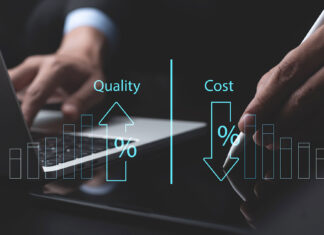Among federal student loan borrowers whose monthly loan payments are out of sync with their salary, income-driven repayment (IDR) is a popular option for making student loan debt more manageable.
In fact, the US Department of Education received 1.6 million IDR applications between the end of July and early September 2023.
However, income and life circumstances change, and what may have been the right IDR plan for you in the past may no longer be suitable.
Let’s delve into the pivotal questions of when and how to switch income-driven repayment plans, so you have the knowledge and confidence to make the right financial decision.
When to Consider Switching Your IDR Plan
1. Income Change
One of the primary triggers for considering a switch in your income-driven repayment plan is a change to your income.
If your financial situation improves, your monthly payments under your existing plan may increase, and not all plans have a maximum monthly payment cap.
Conversely, if your income declines, your current plan may no longer reflect your ability to pay.
Although each plan is designed to adjust with every recertification, it can be beneficial to periodically assess whether your current IDR plan is the best one for your income level.
2. Family Size

Marriage, divorce, or the birth of a child can alter your household size, which, in turn, influences the calculation of your monthly payments.
Different IDR plans treat married income differently, and how you file your taxes as a married couple can impact your monthly payment.
And although recertifying under your current plan if your family size grows can lower your payment accordingly, it may be worth investigating if your current plan is the right one for your new situation.
3. Eligibility for a New Plan
If you were previously ineligible for a specific plan due to factors like the type of loans you have or your income, a change in circumstances or IDR rules might make you eligible now.
It’s essential to review eligibility requirements for all IDR plans periodically, as changes in your financial situation could open up new options.
It’s also worth considering the newest IDR plan, SAVE (Saving on a Valuable Education), which offers the lowest monthly payments and quickest route to potential loan forgiveness.
4. Path to Loan Forgiveness
IDR plans may offer loan forgiveness after a certain number of qualifying payments, typically 10 or 25 years.
If you’re on track for loan forgiveness and your current plan has a longer forgiveness timeline, switching to a plan with a shorter forgiveness period may expedite the process.
5. How to Switch IDR Plans

Here’s what you may need to do to switch to a different IDR plan, either via the federal Student Aid website or your loan servicer:
- Confirm Your Contact Information: Ensure that your loan servicer has your up-to-date contact information. This ensures you receive critical communications regarding your loan and the application process.
- Review Your Federal Loan Details: Familiarize yourself with the details of your federal student loans. This includes your loan type, current repayment plan, and whether they are eligible for IDR.
- Confirm Your Personal Information: Verify your details and make sure everything is accurate.
- Transfer or Enter Your Federal Financial Information: You have options for providing your financial information for the application. You can consent for student aid to import your information directly into your application or enter your financial information manually. If necessary, be prepared to upload documentation of your income and family size. You may also be able to self-certify by contacting your loan servicer.
- Switch to a New Plan: Explore and select a different plan.
- Agree to Terms and Conditions: Carefully read and agree to the terms and conditions of the IDR plan you’re applying for. Be aware of any specific requirements or responsibilities associated with the plan.
Bottom Line: Switching an IDR Plan Requires Planning

Switching to a different IDR plan can provide relief when your financial circumstances change or when new plans become available.
However, it’s a decision that requires planning.
By carefully assessing your situation and following the proper steps, you’ll be able to make informed decisions that help you manage your student loans effectively.
Remember to consult with your loan servicer for guidance based on your unique circumstances.



















